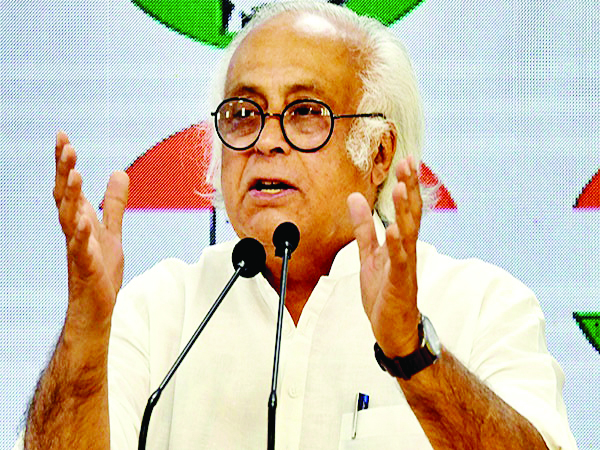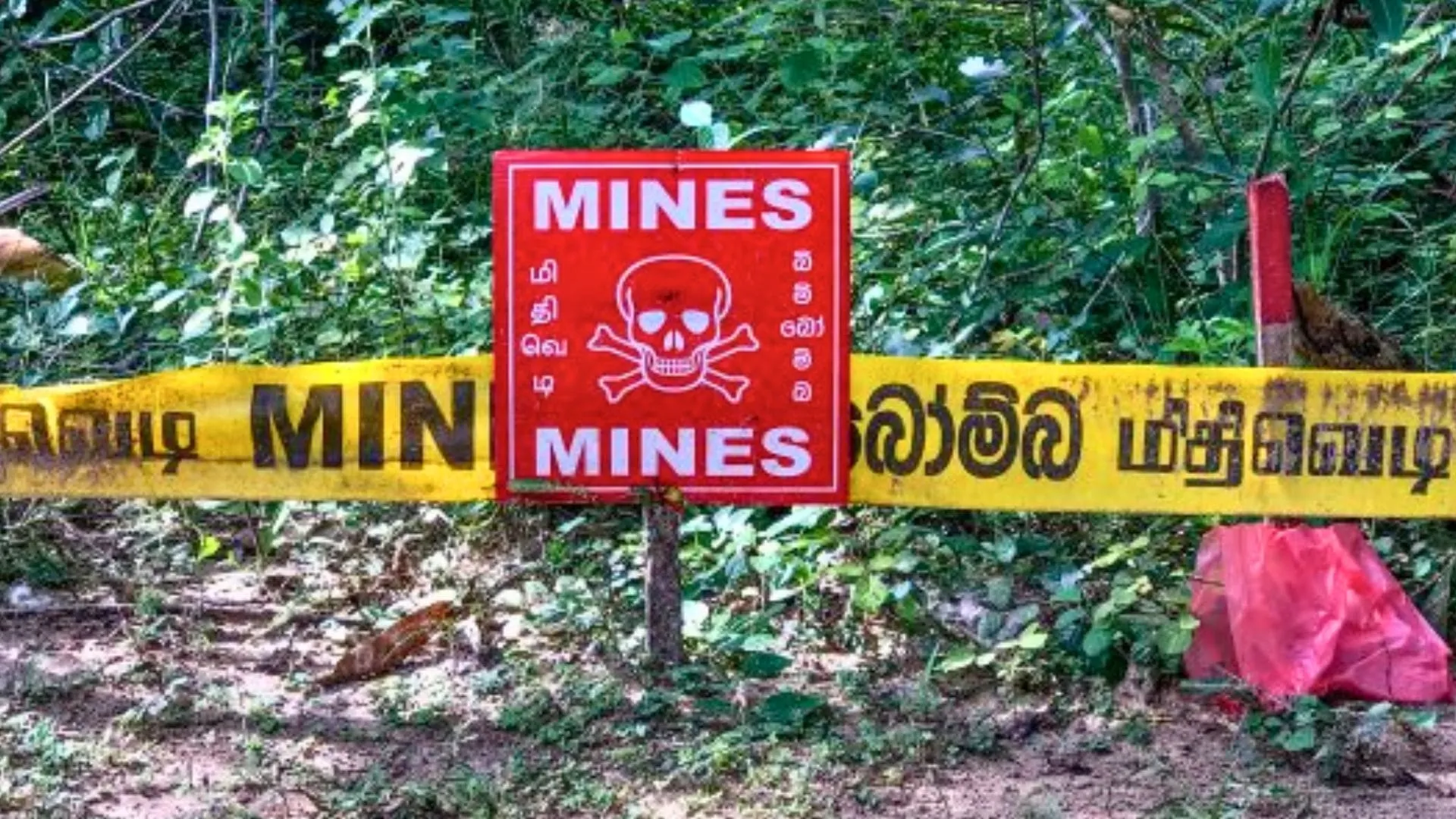The Doon School, arguably India’s most prestigious all-boys boarding school, has long been known for its commitment to producing leaders with integrity, intellect, and a strong sense of camaraderie. For nearly a century, the school has followed a single-gender model which many believe has played a vital role in shaping its unique educational ethos. Of late, an idea of transforming the institution into a co-educational model has been floated, sparking an intense debate among alumni, faculty and students. The idea is being explored in detail by the school’s leadership.
In this age of transformation in education and societal changes in the backdrop of rapid advancements in technology, many leading institutions are moving towards co-education to provide students with an environment that mirrors the real world. At The Doon School, the proposal of a transition to co-education was brought forth by the School’s Senior Management Team (SMT), led by the Headmaster Dr. Jagpreet Singh. The idea was rooted in the belief that the world was evolving and that co-education could provide a more balanced, inclusive, and diverse learning environment.
The SMT, after thorough discussions, arrived at the conclusion that co-education could offer several benefits, such as fostering gender equality, improving social dynamics and better preparing students for the professional world where both genders work together. According to Singh, the leadership believed that co-education would help address the issue of “toxic masculinity,” a topic that has been widely discussed in educational circles as a result of an all-boys environment. The leadership suggested that mixing genders could promote more balanced emotional growth and better interpersonal dynamics among students.
Seeking inputs from, members of Indian Public School Society, Headmaster Jagpreet Singh, who is also the Honorary Secretary IPSS, in a letter circulated among members said: The only constant in life is change. And we are witnessing the world changing rapidly around us. At Doon, we are not only receptive to change but responsive, too. True to this belief, we have been exploring the idea of making The Doon School a co-educational institution. At the very outset, we were asked as to what our views are on this idea; the response was a unanimous assent to the idea of going Co-Ed! Only after this endorsement the exercise of studying in-depth the Co-Ed initiative was commenced.”
He further added that the idea is in discussion state no decision taken.
“There is considerable concern around “toxic masculinity” these days. Bullying behaviour is not accepted as something that must be tolerated as the price of comradeship and trust-building among a close-knit community. While a co-ed environment may not necessarily prevent such excesses, single-gender environments may be more prone to fostering such boorish behaviour, in the absence of the moderating effect of the opposite gender,” said the letter.
Why co-education
Proponents of the co-education model argue that it reflects the changing societal norms and ensures that students are better prepared for the modern, diverse world.
In a co-ed environment, students get to interact with the opposite sex on a daily basis. This interaction, many believe, fosters respect and understanding between genders which is critical in today’s society. Proponents argue that such an environment better prepares students for the professional world where men and women work side by side.
One of the key arguments for co-education is that it leads to more balanced emotional development. It is argued that in a co-ed school, students learn how to manage relationships with both boys and girls, which can enhance their emotional maturity. It also allows students to develop empathy and teamwork skills, essential qualities in the modern workplace.
Co-education can play a crucial role in breaking down rigid gender stereotypes. In a single-gender institution, students may be more susceptible to stereotypical gender roles. By integrating boys and girls in the same learning space, co-education allows both sexes to see each other as equals and helps challenge ingrained stereotypes about gender roles.
Many argue that having both genders in the classroom promotes collaboration and a more balanced approach to academics. Co-ed environments allow students to learn from each other’s perspectives and experiences, which can lead to more creative and comprehensive solutions to academic challenges.
Around the world, many of the top schools have embraced the co-education model, with some even citing it as one of the key drivers of their success. In light of global trends and evolving societal norms, some supporters argue that The Doon School must modernize in order to remain competitive with other prestigious institutions that have moved to a co-ed model.
Arguments Against Co-education: Preserving Doon’s Legacy
The proposal has, however, met with strong resistance from different quarters.
Despite the compelling reasons presented by the school’s leadership for adopting co-education, many alumni, faculty members, and current students have voiced strong opposition to the proposal. The resistance stems from a deep-rooted belief that The Doon School’s identity and educational philosophy are inextricably linked to its all-boys tradition.
“The fraternity through the Class Reps too are not in favour of The Doon School going co-ed,” Mahesh I. Mansukhani, Class Rep Class of 74, said, adding that this co-ed suggestion’ should be resolved in a friendly and amicable manner. If the majority of the fraternity is not in favour of a co-ed in Chandbagh then it should not be so..
“By all means have a ‘ Doon School for Girls ‘ separately. The HM narrative quotes School’s in the UK based on which The Doon School has been’ modelled’ on – look closer to home – Mayo College with over 300 acres of campus space has a separate ‘ Mayo Girls School ,“ he said.
The Doon School has a long and illustrious history of being an all-boys institution, and many alumni and current stakeholders believe that this tradition is crucial to its continued success. For nearly a century, the school has produced leaders in various fields, and the all-boys environment has been central to its ability to nurture leadership, discipline, and camaraderie. The proposal for co-education threatens to fundamentally change the school’s identity and alter the ethos that has made it so successful.
“The Doon School was established with a specific vision to create leaders by providing a unique all boys educational environment…. Changing to a co-ed format would fundamentally alter the School’s identity and mission,” said Class of 63 in their feedback.
A core concern among those opposing the change is the potential negative impact on academic outcomes. Many argue that The Doon School has a successful, time-tested model that works well for boys. By shifting to a co-education model, the school risks disrupting this model and potentially diluting the focus on academic rigor and leadership development.
“Doon is not merely another school—it is an institution that stands alongside the best in the world. The rationale paper advocating for co-education selectively cites examples of schools that have transitioned, while ignoring the fact that globally renowned institutions like Eton and Harrow continue to thrive as all-boys schools. As Rathin Mathur (‘89) astutely observes, cherry-picking data to fit a narrative is intellectually lazy. A decision of such magnitude must be based on robust, objective analysis—not on trends or unverified assumptions,” said an alumni who wished to remain anonymous.
Proponents of the current model argue that boys have unique developmental needs that are best addressed in a single-gender environment. Research has shown that boys and girls learn differently, and a school specifically designed for boys can tailor its teaching methods and pastoral care to meet their unique needs. By transitioning to co-education, the school may lose its ability to focus on these specialized needs.
Class of 63 said single sex schools allow for tailored teaching methods that cater to the learning styles and development needs of boys. There is as much data and research supporting good single sex education outcomes as there is for co-ed. Claiming that co-ed only provides better outcomes is false, it said, citing the example of Welhams Girls School, a single sex institution, the has been consistently outperforming all co-ed schools.
“An all-boys school allows students to grow without gender related distractions, fostering confidence and camaraderie. Changing to coeducation would alter social dynamics and shift the School’s cultural environment in unpredictable ways,” the Class of 63 said in their inputs.
Another major concern is the school’s infrastructure. The Doon School’s campus is relatively small compared to other prestigious institutions, and some argue that it simply does not have the space to accommodate the needs of a co-educational environment. Adding facilities for girls, including housing, sports, and recreation areas, would require substantial investments that may not be feasible within the school’s existing infrastructure.
Many alumni believe that the transition to co-education would disrupt the strong sense of brotherhood and camaraderie that defines the school. The all-boys environment has fostered a unique culture of mentorship and mutual support, which has been instrumental in shaping the leaders of tomorrow. Introducing girls into this environment may alter the social dynamics in unpredictable ways, potentially diluting the sense of unity and brotherhood that has been a hallmark of The Doon School.
Analjit Singh, who had been the Governor and Chair of IPSS for nearly nine years, noted that co-ed was discussed in the past too “to the hilt”. While he agress with co-ed in todays world it is a firm no as far converting Chand Bagh is concerned for varied reasons that include infrastructure, faculty and financials.
If the decision is made to move forward with the proposal to become co-educational, The Doon School would face a range of challenges in implementing this change successfully. These challenges are significant and must be carefully considered before any final decision is made. Some of the key challenges include:
As mentioned earlier, The Doon School’s campus is relatively small, and adding the necessary infrastructure to accommodate female students would require substantial modifications. This includes the construction of additional dormitories, classrooms, and recreational facilities. Such changes would be costly and may take years to implement.
With the introduction of female students, the school would need to hire additional staff, including female teachers, administrators, and counselors, who are capable of providing support for the unique challenges that girls face in a co-ed environment. Moreover, existing staff would need to undergo professional development to ensure they are equipped to handle the dynamics of a co-ed school.
Transitioning from an all-boys institution to a co-educational model would require a significant cultural shift. The Doon School’s unique ethos and traditions, such as its House system, pastoral care, and the camaraderie that exists among the boys, would need to be rethought and adjusted to account for the presence of girls. This would be a complex process that could take years and may result in significant challenges along the way.
The proposal for co-education has already faced significant resistance from the alumni and parent community. Many of them are deeply invested in the current system and are concerned that the introduction of girls would undermine the school’s identity. Gaining the support of these stakeholders would be crucial for the success of the transition.
Given the strong arguments both for and against the transition to co-education, it is clear that a decision of this magnitude cannot be rushed. The Doon School’s leadership must carefully consider all the perspectives and take the time to engage in an open, transparent dialogue with all stakeholders—alumni, current students, faculty, and parents.
One potential solution could be to explore alternative ways of providing students with exposure to both genders without fully transitioning to a co-educational model. For instance, the school could partner with nearby girls’ schools, such as Welham Girls’ School, to organize joint academic programs, extracurricular activities, and social events. This would allow the boys to interact with girls in a controlled and structured manner while preserving the school’s all-boys tradition.
The Doon School has a unique legacy and a proud tradition that has stood the test of time. While the world around us is changing, it is important that the school’s leadership carefully considers the implications of such a significant change. The proposal to move to a co-educational model presents both opportunities and challenges, but any decision should be made with careful thought, due diligence, and the input of all stakeholders.
”The immediate task for any Chairman of the Board must be to stem the decline in performance (Grades, College Admissions, Reduced applicant pool for Doon admissions, Faculty attrition) … and there is little indication that this is happening. Doon has great hardware (Campus, Classrooms, CDH Food) but broken software,” said Pavan Vaish of 1986 batch
Ultimately, the decision to make The Doon School co-educational should not be driven by trends or external pressure, but by a genuine desire to enhance the educational experience for future generations of students. The school’s legacy and mission are built on a solid foundation, and it is important to preserve these qualities while adapting to the changing needs of the world. The transition to co-education, if pursued, should be done with great caution.






















